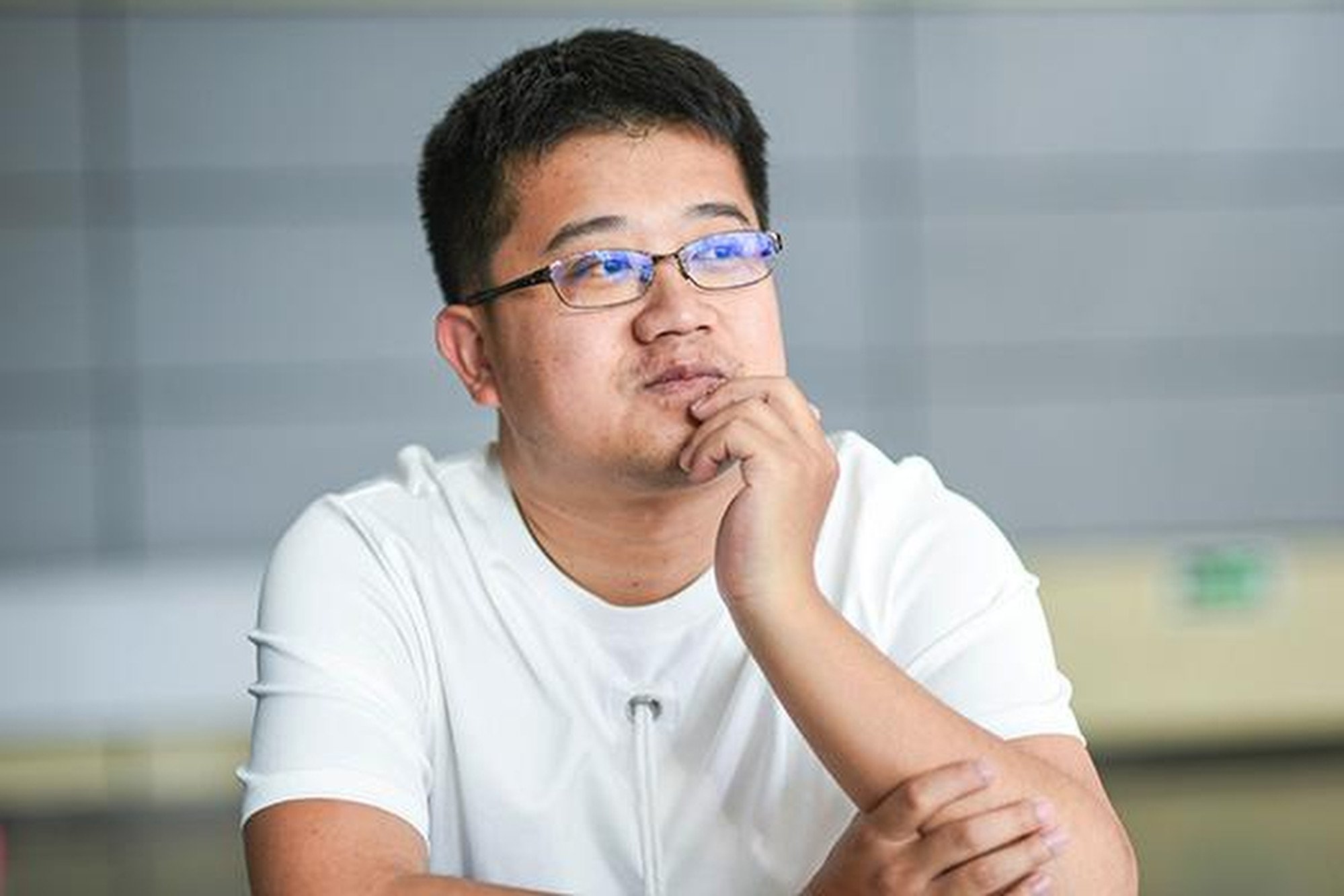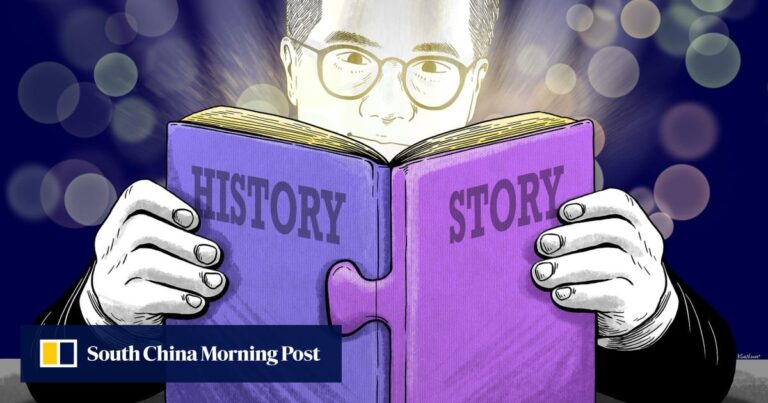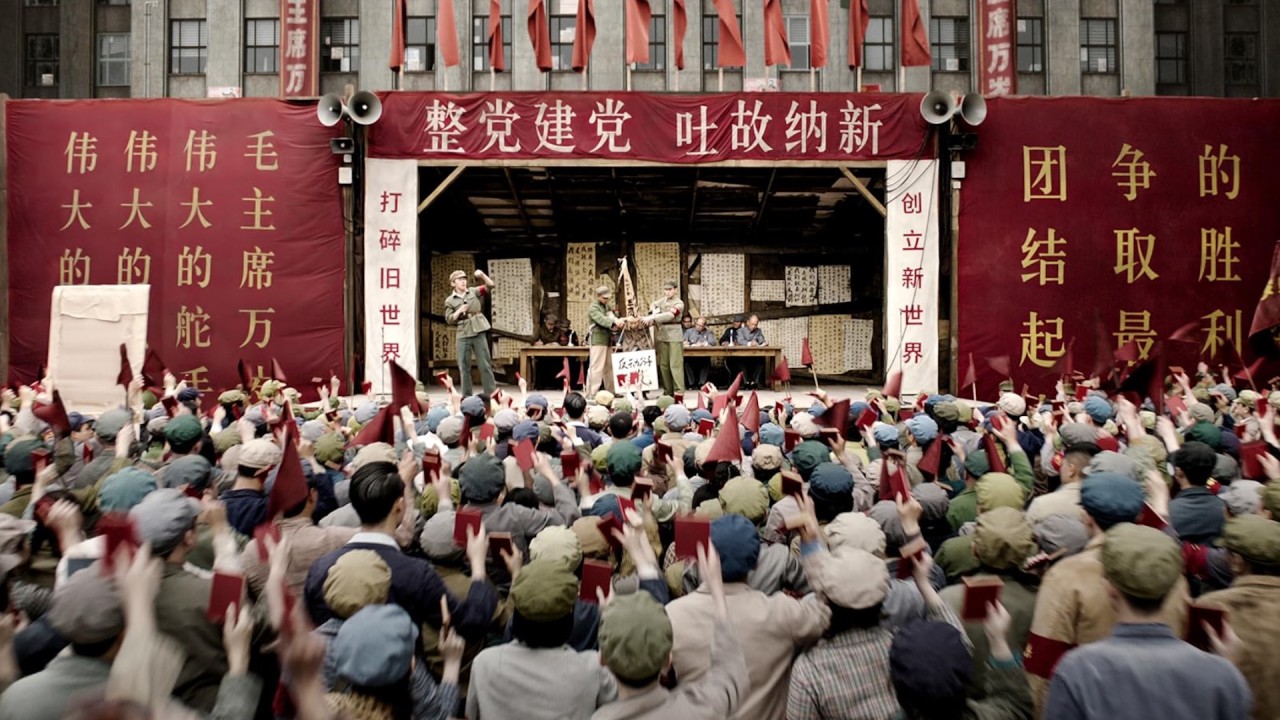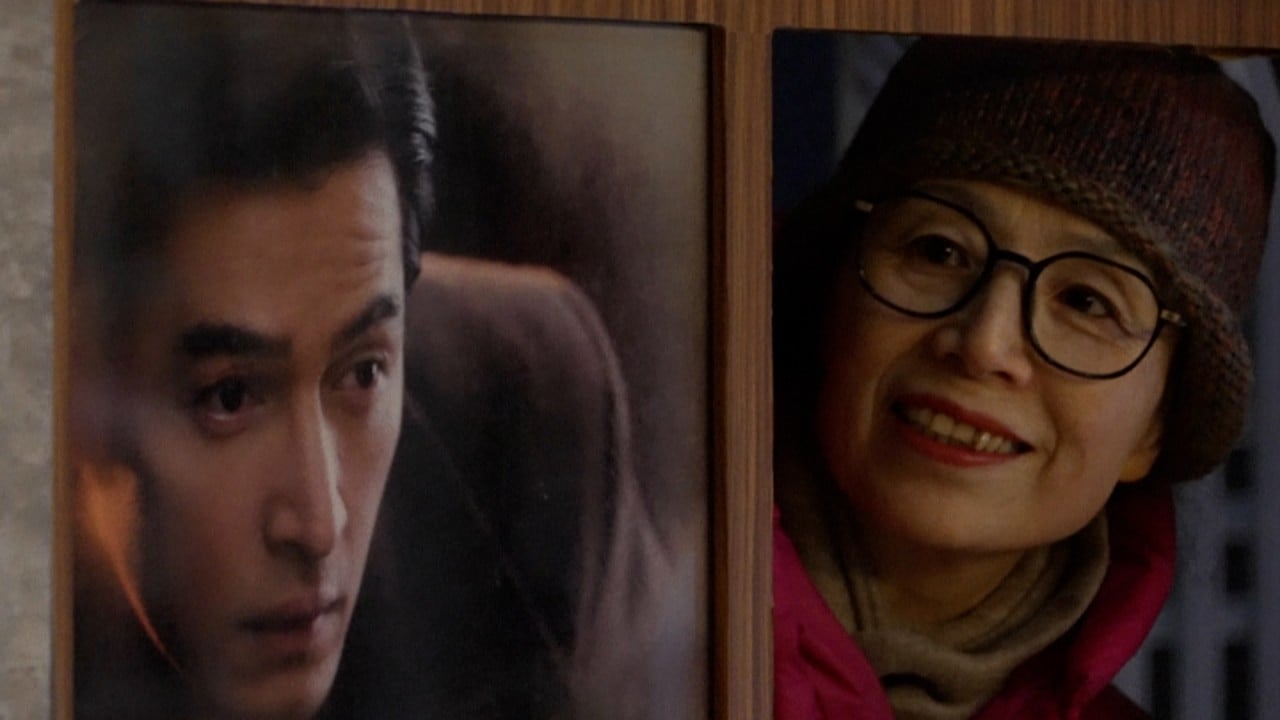Mr. Ma mixes Chinese history and imagination in his novels, transporting readers back to the ancient dynasties. His plots are intriguing, yet plausible and full of fact-checked details.
Mr. Ma is one of China’s most popular novelists and one of its most prolific writers. The 43-year-old has published more than 20 books, including historical novels, essays, and nonfiction. His best-selling works have also been adapted into television dramas and films.
He blends historical and modern elements while embracing China’s cultural heritage.
“All kinds of novels, even historical novels, deal with modernity,” said Marr, adding that authors of historical novels keep modern readers in mind and find perspectives that are relevant and appealing to them. He added that it was necessary.
Before becoming a full-time writer in 2015, Ma worked in sales for French energy company Schneider Electric for 10 years. He graduated with a degree in Marketing from the University of Waikato in New Zealand.
During my time in sales, my interactions with people from all walks of life gave me inspiration and insight into how modern Chinese think and what they value.
Marr uses timeless and universal themes to help connect readers to historical figures and stories.
“From the past to the present, anxiety and control over resource allocation have never changed,” Ma explains, noting that many conflicts and power struggles of the past are similar to conflicts and power struggles in the modern world. added.
Marr draws readers in by presenting his ideas from a humble perspective. His protagonists are usually ordinary people, types rarely described in mainstream history books.
his new book journey to the south, The work, published last month, is set during the Western Han Dynasty (206 BC to 9 AD). The film depicts a government official who “lays flat” (modern slang for living on the bare minimum) while navigating the complex politics of the Nanyue Kingdom, today’s Guangdong and Guangxi provinces. will appear.
The protagonist investigates a series of conspiracies, following clues related to famous dishes of the southern region, from coconut water and jujube porridge to steamed fish and barbecue.
“[Love of] “Good food is the biggest thing that Chinese people have in common…and now most modern people just want to lie down and rest,” Ma said, explaining how modern viewers connect with historical stories. explained.
“There’s an empathy here between ancient and modern times,” he said. “Today’s “wage slaves” are no different from the “wage slaves” of the past.”

Ma gained widespread popularity upon its 2012 release. antique deception, depicting the adventures of a small antique shop owner who becomes embroiled in intrigue and intrigue. The book spawned his three sequels, and the huge success of the series led to his three television series and a standalone movie.
In 2016, Ma published a critically acclaimed novel. of The longest day in Chang’anwas made into a TV series in 2019 starring pop star Jackson Yee. This action-packed drama won several “viewer favorite” awards and two of China’s most prestigious television awards.
He compares his approach to historical fiction to a sandwich. The top layer consists of key historical facts and figures.in of The longest day in Chang’an For example, it describes actual officials and locations during the reign of Emperor Tang Xuanzong, who ruled China from 713 to 756.
The bottom layer of the sandwich is made up of historical facts and details of daily life, such as women’s makeup of the time, city maps, traditional lantern-making practices, mandarin etiquette, and official rites of passage.
In the middle layer (the “stuffing” of the sandwich), Ma fills it with fictional content. for example, of The longest day in Chang’an He weaves a twisty plot about a death row convict who manages to save Chang’an, the capital of the Tang Dynasty, from a large-scale rebellion in just one day.
“The story may be fiction, the characters may be invented, but the way they sit, stand and walk all conform to the lifestyle of the time,” Ma said. “That’s what I strive for. This creates stories that are both exciting and compelling.”
The novel and its film adaptation were published at a time when young Chinese were beginning to gain confidence in their cultural roots, a trend that was on the rise. Guchao Or a “China chic” atmosphere.of Guchao The wave reflects growing nationalism among China’s Generation Z, leading to a proliferation of homegrown brands and popular movies and TV series set in ancient Chinese dynasties.
Ma’s novels are known as “historical possibilities novels,” which explore historical possibilities through fictional stories and characters without departing from the broader historical context.
“When writing historical novels, I pursue the “logic of history” rather than absolute truth. So this event may not have actually happened, but this person was able to perform such an action in history,” Ma explained.
Marr researches and finds inspiration by reading papers, talking to experts, and visiting museums and historical sites.
“I have a hobby of standing where ancient people once stood and looking at the same views they once saw,” Ma said. “It is often only by doing so that we can truly understand how ancient people felt.”
For example, his perspective on small writing began many years ago when he visited an exhibition on the Three Kingdoms period (220-280), where he saw a brick inscribed with the words “Tenjin is dead.” It comes from this.
For Ma, this highlighted the fall of the Later Han Dynasty (25-220). The words signaled a cry of rebellion that echoed throughout the country as the new leaders gained the support of ordinary people, including the stonemasons who carved the words.
“The real driving force of history is these small characters, whose desires and hopes come together to shape the course of history,” Ma said.
To write a novel in 2020 15 days of goodfellas, Ma visited Nanjing, another former dynastic capital in eastern Jiangsu province. He describes the artificial waterway that connected north and south China for centuries to get a sense of “a river of mist, a veiled moon, and a lively inn along the Qinhuai River.” We collected primary materials about the people who lived along the Grand Canal.
He recorded the details in a book that tells the story of the prince’s flight from Nanjing to Beijing before becoming emperor.
During the COVID-19 pandemic, Ma attended courses on infectious diseases, collected materials from collectors and auctions, and published a two-volume series. great doctorThe novel centers on the health crisis at the end of the Qing Dynasty, based on his research on the former Huashan Hospital in Shanghai, which opened in 1909.
With 7.9 million followers on the Chinese microblogging site Weibo, Ma is a savvy blogger and commentator. His social media presence allows him to engage directly with readers, share insights, and discuss literary and cultural topics.
Although his stories focus on Chinese tradition and history, his writing style draws inspiration from around the world.
Ma has previously said that his influences include writers Herman Wook and Frederick Forsythe, as well as Chinese writers known for their depictions of ordinary people’s lives.
“The number of people who like to read novels has always been a minority in the world, and that has always been the case,” he said. “People who love reading will find a way to read regardless of the era.”
He pointed out that the diversity of modern multimedia has given people who don’t actually read books more opportunities to be exposed to more books, increasing their interest in reading.
“If you can see the world clearly, you can let go of a lot of things,” Ma said. “The most important thing is that we can find some evidence.” [in history] When it comes to your actions in real life, find excuses and find a place to calm down. ”



